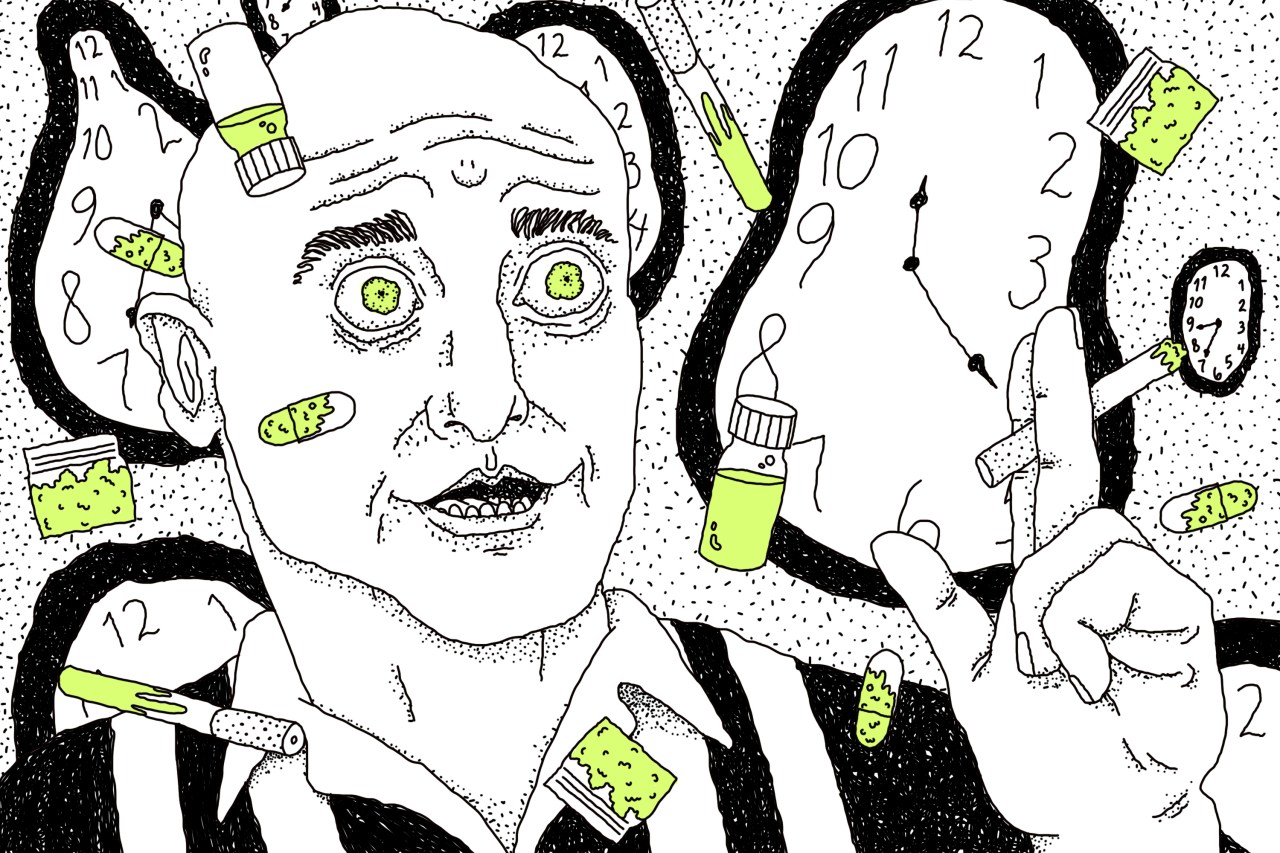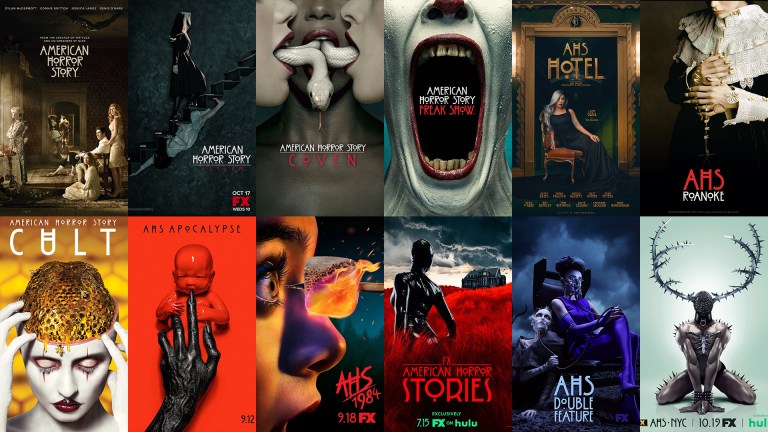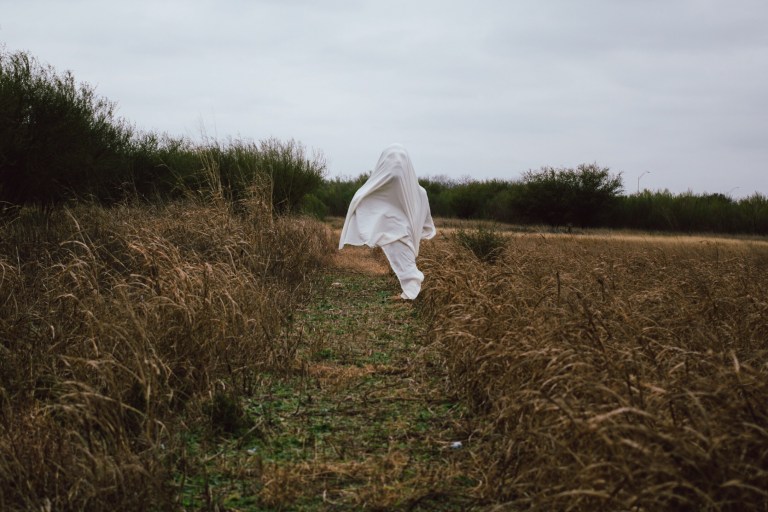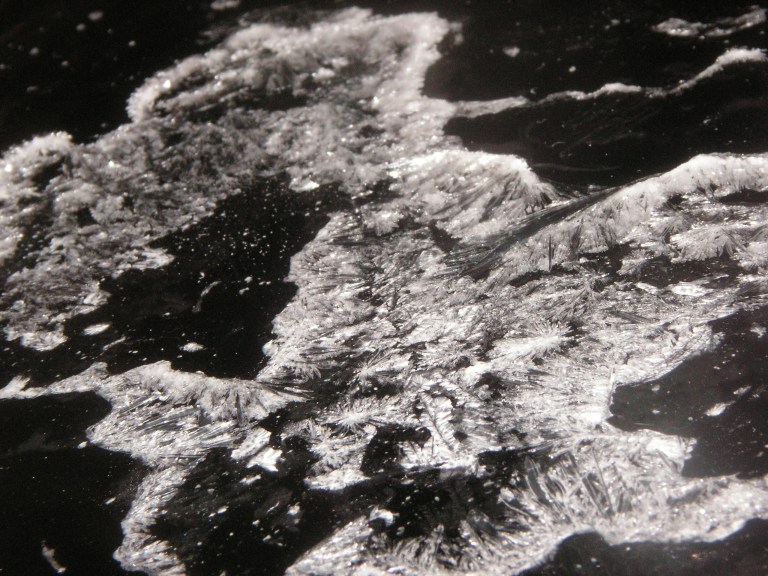In Defense of PCP: Where Has All the Angel Dust Gone?
I have never read a positive word about PCP, and that's what makes it such an exciting drug. And I haven't read much about it at all since Jimmy Carter was president, which makes me miss it that much more.
By ![]() Jim Goad
Jim Goad

Known mostly as “Angel Dust,” PCP was the “bad drug” of the 1970s. Originally developed as an animal tranquilizer, it gained traction in the drug counterculture by being sprinkled on parsley leaves and smoked in a joint. Several “Reefer Madness”-style horror stories surrounded PCP use, but unlike the stories about marijuana, some of the Angel Dust stories were actually true.
In Which I Dare to Say Something Positive About Angel Dust (PCP)
I’ve done a lot of psychotic things in my life, but never when I was smoking PCP. Is there something wrong with me?
I have never read a positive word about PCP, and that’s what makes it such an exciting drug. And I haven’t read much about it at all since Jimmy Carter was president, which makes me miss it that much more.
All illicit drugs, especially the fun ones, tend to face negative and hysterically stigmatizing propaganda campaigns when they first hit the streets. But what makes phencyclidine, a k a PCP, Angel Dust, Hog, and Sherm, unique is that it never seemed to survive the negative hype and may have even been killed by it. For a brief stretch in the late 1970s it was the nation’s “bad drug,” and then it seemed to disappear almost entirely. It never blossomed and matured into a popular, time-honored, well-loved, and often-abused recreational drug.
That makes me sad.
A hundred years ago, the tabloids and broadsheets were howling about an alleged cocaine epidemic reputedly foisted by Christ-hating Jewish pushers upon the nation’s black ghettos, leading to sex-crazed black males attempting to forcibly insert their London Broil-sized, coke-inflamed procreative organs into the dainty pink vaginas of America’s white maidens. Such hype inevitably led to anti-cocaine legislation. But coke, of course, has survived quite nicely.
In the 1930s, the media was abuzz with “Reefer Madness,” imputing all manner of godlessly psychotic criminality to the race-mixing jazz listeners who inhaled the devil weed’s smoky tendrils. Without a hint of irony or playfulness, mere marijuana was depicted as a “killer drug” and an “assassin of youth” which caused one young man to axe-murder his entire family while they slept and another to pluck out his victim’s eyes and tongue.
Amid the 1960s’ cultural tumult, the media’s “bad drug” of choice was LSD, which, like its predecessors, fostered a frightening wave of racial tolerance but added a willingness to embrace communist ideology and moral relativism. It also reputedly endowed the user with the delusion that they were able to fly, leading to untold numbers of giant sidewalk bloodstains after acidheads attempted flight from 20th-floor balconies. (I grew up hearing that this was how “Alfalfa” from The Little Rascals died.) The idea that LSD use inevitably induced horrifyingly nightmarish “acid flashbacks” became part of the cultural lexicon, although I’ve done the shit at least a hundred times and haven’t had a single flashback.
Fast-forward to the mid-1980s, at which point a racially tinged “crack bomb” exploded over the nation’s slums, endangering the physical well-being and mental sanctity of the foolhardy Caucasian thrill-seekers who ventured into the ghetto seeking a dangerously concentrated form of smokable cocaine which rendered all users an addicted pauper after a single puff. Coinciding with the emergence of the first AIDS horror stories, the mid-80s Crack Scare made the entire world seem sordid and doomed.
Since then, although the streets have seen a slew of new, potentially dangerous, and hype-worthy “designer drugs,” the media’s “bad drug” of choice has primarily been crystal meth, the reputed scourge of toothless rural whites everywhere. In the intervening years betwixt the Crack Scare and the Meth Scare, the media’s focus has reflected a preponderant cultural shift away from demonizing poor blacks and toward scapegoating poor whites—hey, as long as society has a scapegoat, it never really mattered who it was. Nearly everyone alive has seen some variant of a “Faces of Meth” before/after comparison of some dissolute cracker whose physiognomy was forever destroyed by “sucking the glass dick.”
Within that time-tested context of public drug hysteria and ridiculous misinformation, it would seem that the Angel Dust Scare of the late 1970s was nothing special. However, several factors have combined to ensure that PCP still occupies a unique niche in the pantheon of demonized recreational drugs.
First is the matter of timing. The anti-PCP hype emerged in the late 1970s, during a time when American culture was loudly in favor of recreational drug use to a degree never witnessed before nor after. Although the 1960s tend to get most of the credit for “anything goes” attitudes, the average American remained relatively uptight throughout that decade. The 60s’ full cultural ripple effect didn’t take hold until the late 1970s, the most permissive era of our nation’s history. Deviant pornography and violent crime and pro-drug sentiment were all at their high-tide mark, with teenagers’ T-shirts openly touting the glory of getting “Stoned Agin.” It wasn’t until Ronald Reagan came along and swept druggies into jail that the nation threw away the “Panama Red” posters in favor of “Just Say No” bumper stickers. So the fact that the Angel Dust Scare flourished amid a pervasively pro-drug climate fostered the idea that there must be something uniquely bad about PCP.
A big factor feeding such suspicions was the fact that PCP, unlike any negatively hyped intoxicant that preceded it, was entirely chemical and manmade. This was during a huge cultural “back to nature” movement, when “natural” meant “good” and “manmade” was equivalent to “evil.” Marijuana, cocaine, and heroin were all derived from plants. Even LSD and methamphetamine had their organic precursors. But PCP had been developed entirely in the lab, and for the less-than-glamorous purpose of tranquilizing large animals. It had originally been used to sedate humans until a large quotient of recipients complained of terrifying hallucinations. But at a time when hippies sincerely believed that God had placed marijuana, magic mushrooms, and coca plants in the Garden of Eden for us to enjoy, synthetic PCP seemed a sinister manmade plot to subvert God’s natural generosity.
But more than anything else, what made the anti-PCP hype unique is the fact that no one ever seemed to say anything positive about it. With all the other aforementioned drugs, despite the best intentions of those who lobbied against them, one got the distinct impression that it sure as fuck FELT GOOD to do them, which is why people inevitably became addicted and ruined their lives over them. But there was absolutely no “up side” to the PCP propaganda. It never led you to believe it was ever possibly fun to smoke Angel Dust. Instead, the drug was a flat, joyless, hollow, Soul-Murdering Satanic Robot Monster which forced all users to remove their own penises and rape their entire families with them.
In a 1980 essay called “The Dusting of America: The Image of PCP in the Popular Media,” researchers studied over 300 newspaper articles on PCP, most of them from the late 1970s. They constructed a table illustrating the frequency of popular PCP horror stories. In descending order, the most common accounts were: PCP user gouges out his own eyes (17 separate news items); dusthead shot to death by cops after running naked through streets; PCP smoker drowns in shower under only four inches of water; dust smoker shoots entire family to death; immobilized by PCP, user burns to death in flames before realizing they’re in danger; user removes one or several of their own body parts; man crosses multi-lane freeway before burglarizing house and stabbing a pregnant woman; man removes his own teeth with pliers; motorcyclist purposely collides into bus or tree; arrestee pops open a pair of handcuffs; mother inserts baby into boiling water or grease; dusthead walks onto freeway and proceeds to do push-ups before getting creamed by speeding autos.
As you can see—not a lot of fun there.
Although humble, I consider myself a trendsetter and a maverick and a pioneer and a trailblazer. Therefore, I have deemed it my civic duty to come forward and utter what are possibly the first positive words ever said about recreationally abusing the dreaded cat tranquilizer Angel Dust.
I’ve smoked it on maybe a half-dozen occasions, the last being in the late 1980s while hanging out with some Mexicans in East LA. They got their kicks smoking Kool mentholated cigarettes dipped in liquid PCP, and “Kool” was their street term for a dusted cigarette. You could buy a Kool from them for five bucks.
I only took one or two hits that day, but the Kool bore the unmistakably metallic-fishy flavor of PCP. And within a few minutes, just like all the previous times I’d been dusted, I felt as if I was walking on giant boots made of marshmallows. I felt fine. It was an angel, rather than a devil, that had dusted me.
One Friday night back in late 1979, at the height of the anti-PCP media hype, me and two friends bought a gram baggie of dusted parsley flakes from two guys crouched in an alley near a Philly subway station. We rolled three pin joints, hopped on the subway headed downtown, ambled into a dark old colonial alley, and lit up.
We must have been back there for three hours because we were far too blasted to move. But despite our heavy intoxication, we had a deep, lengthy conversation about how the impending 1980s would be far more violently exciting than the boring hippie 70s. With my feet feeling as if they’d melted into eternity, every word we spoke had a gravity and drama that sobriety could never approach. That alley might as well have been outer space. It was one of the most profound drug experiences of my life. Then, still feelin’ fine and dusty, we finally emerged from the alley and wandered into a local ghetto bar, where I stared at black-lit velvet paintings for a few more eternities.
So although I had nothing but fun on PCP and never once thought it’d be a good idea to gouge out my own eyes or do push-ups on a busy freeway, maybe it’s wise to consider the source in my case. Maybe Angel Dust does make normal people psychotic…while psychotic people have nothin’ but a good time on it. ![]()



